What do your portion sizes actually look like?
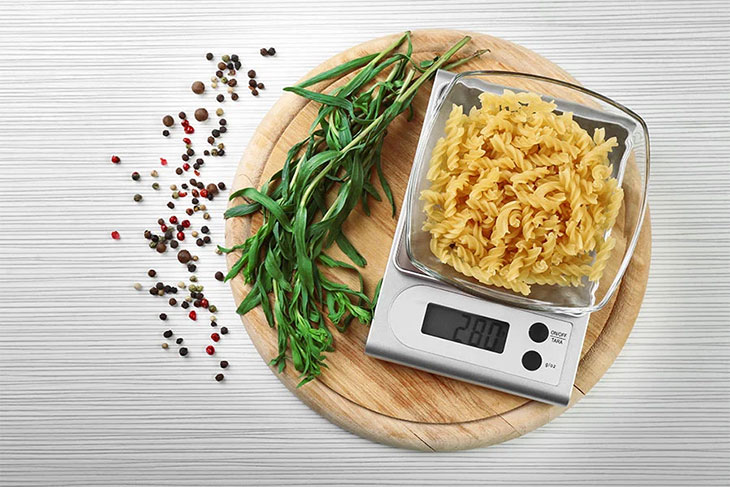
Does your diet include healthy portion sizes? Have you ever dug into a slab of steak thinking it could feed two people instead of just the one? Or wondered if that bit of lettuce and tomato in your sandwich really amounts to a serving of veg?
While eating well is key to feeling good and satiated, one of the main culprits of the ever-expanding Aussie waistline is not knowing how to balance both the amount and type of foods we should actually be eating.
In fact, most of us underestimate how much we eat by 25-40%. And it’s not just everyday Aussies who miscalculate their plate and portion size – even trained dietitians underestimate.
So how can we tell we’re eating the right amounts of food without carrying around a scale or metric cups?
You don’t always have to incorporate foods from the five food groups at each meal, but making sure you’re hitting your daily serves will ensure you’re meeting the nutrient requirements essential for good health, maintaining a healthy weight and encourage healthy eating.
A handy measure for keeping your portion control in check is by using your hand as a rough guide.
Take a look at the below tables to give you an idea of how big (or small) your portions should actually be.
What is a serve of vegetables?
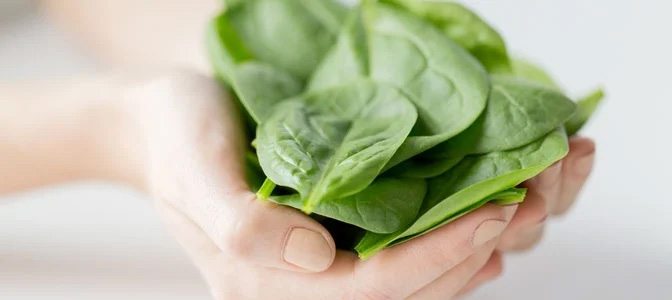
A standard serve is about 75g (100-350kJ) or:
| 1 handful of cooked veggies | 1 fist-size starchy veg | 2 cupped hands of raw veggies |
| 1/2 cup of cooked veggies or legumes | 1 small potato | 1 cup raw salad veggies |
Most adults should eat at least 5 serves of vegies a day.
What is a serve of Fruit?
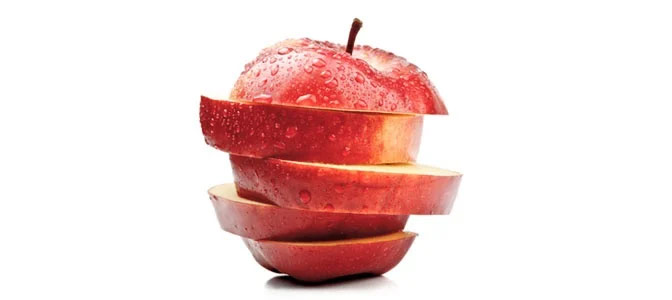
A standard serve is about 150g (350kJ) or:
| 1 cupped hand of fruit | 2 smaller than fist-size fruit | 2 cupped hands of diced fruit |
| 1 medium piece of fruit eg. apple, banana | 2 small pieces of fruit eg. kiwi, apricots, plums | 1 cup diced / canned fruit |
Most adults should eat at least 2 serves of fruit a day.
What is a serve of grains/cereal food?
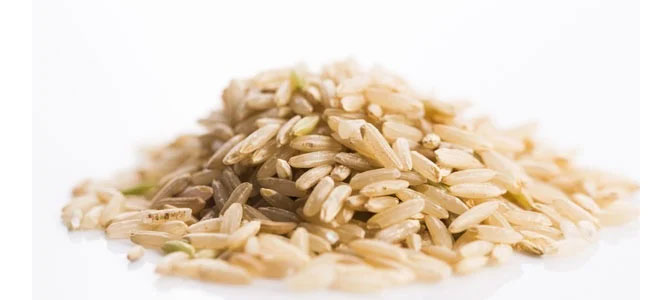
A standard serve is about 500kJ or:
| 1 cupped hand of cooked grains | 1 cupped hand of cooked grains | 1 cup of cereal of muesli |
| 1 cupped hand of breakfast cereal or muesli | 1/2 cup of cooked grains eg. cooked rice, quinoa, etc. | 1 small English muffin or slice of bread |
Most adults should consume at least 4-6 serves of grain (cereal) foods per day.
What is a serve of protein foods?

A standard serve is about 500-600kJ or:
| 1 palm size of cooked meat | 1 hand-size fish | 1 small cupped hand of nuts and/or seeds |
| 2 eggs or 170 g tofu | 1 cup cooked or canned lentils, chick peas or split peas | 2 hands of cooked or canned legumes/beans |
Most adults should consume around 1-3 serves of foods from this food group per day.
What is a serve of dairy products?
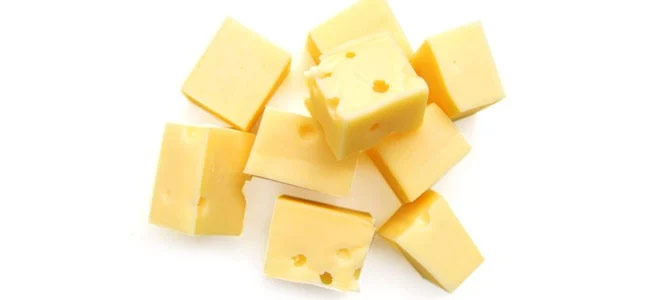
A standard serve is about 500-600kJ or:
| 1 cupped hand of hard cheese | 1/2 fist-size soft cheese | 1/2 cup of hard cheese eg. cheddar |
| 1/2 cup of soft cheese eg. ricotta | 1 cup of milk | 3/4 cup of Greek yoghurt |
It's also important to note the following foods contain the same amount of calcium as a serve of milk, yoghurt or cheese:
- 1 large handful of almonds with skin
- 1 can of sardines in water
- 1 can pink salmon with bones
- 100g firm tofu
Most adults should consume around 2-3 serves of foods from this food group per day.
What about indulgences?
Let's be honest, a healthy portion is almost always smaller than the average portion most of us eat. According to results from the CSIRO Healthy Diet Score, the average Aussie is actually consuming three times more junk food a day, compared to the allowance of 1 indulgence on the CSIRO Total Wellbeing Diet.
Here’s what those portions look like:
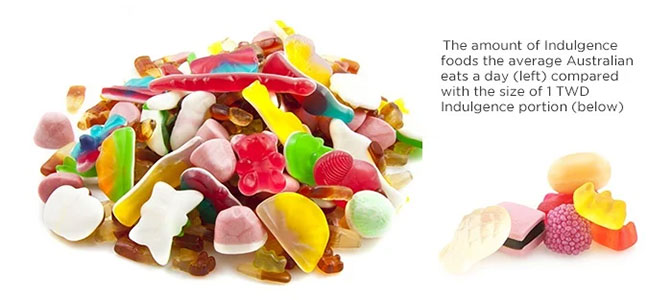
A good rule of thumb for snack foods is a cupped hand is equivalent to a small 20-30g serving of chips, pretzels or similar snack foods.
So while it might be tempting to fill your plate with a large steak at your next meal, it may help to remember that bigger is not always better, especially when it comes to managing your weight. As shown above, a healthy portion of steak should be about the size of your palm.
Similarly, having a bowl of pasta or a large steak with a side of fries – a largely carb-rich meal - usually means you’ll be consuming unnecessary kilojoules and a meal that is lacking in essential vitamins, minerals, health-promoting phytonutrients and fibre that comes from veggies.
But by being mindful of your portion sizes, you can better manage both the quality and quantity of your food, plus keep your healthy waistline in check.
